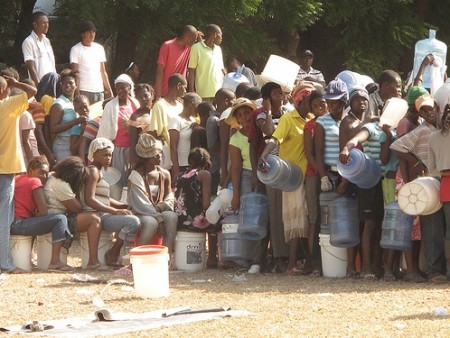
LONDON – With food prices having doubled in the past decade, food security is back on the international agenda. How can the world produce more to feed the next billion people? How can agricultural yields be raised? What is the best way to develop aquaculture?
Unfortunately, this focus on the supply side misses half the problem. The world already produces more than twice the number of calories that the human population requires. An estimated one-third of global food production is wasted. In poor countries, food is lost due to inadequate storage and gaps in the supply chain (for example, a lack of refrigeration); in rich countries, food is also wasted in the supply chain, and consumers throw a lot of food away.



